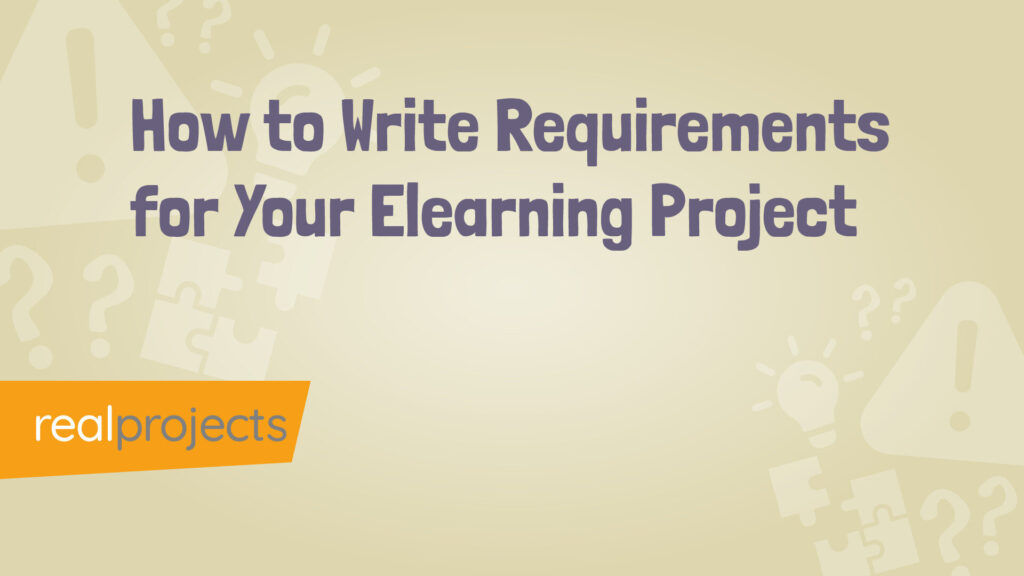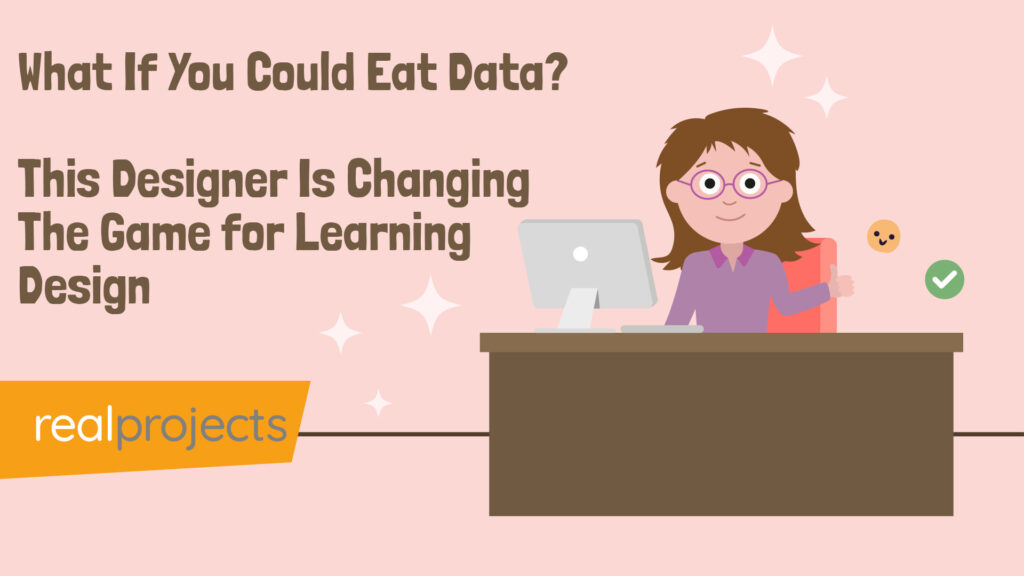How Smart Organisations Choose the Best Elearning Libraries for Long-Term Success
When searching for elearning content, there’s more to consider that you might originally think.
You might wonder, “How do I know if this elearning library has what we need?”
That’s an important question—one with multiple things to consider.
Let’s break it down.
Setting the Context: Why Variety, Quality, and Flexibility Matter
- Content Variety: 83% of organisations with successful elearning programmes report that diverse content types (videos, interactive modules, quizzes) are critical for learner engagement (Source: Training Industry).
- Library Match Rate: Only 60% of surveyed L&D leaders report finding an elearning library that meets 80% of their training needs; most supplement with custom content or multiple providers (Source: LinkedIn Workplace Learning Report).
- Quality Impact: Companies with engaging, high-quality content see a 40% increase in satisfaction and retention compared to those using static or lower-quality elearning libraries (Source: elearning Industry).
- Review Process Benefits: Organisations implementing structured content review processes see a 25% reduction in content revision time and a 30% increase in alignment with expectations (Source: Deloitte Insights).
- Future-Proofing: 70% of organisations believe that flexible elearning libraries that can be updated or expanded over time offer the best ROI, especially as industry needs evolve (Source: Brandon Hall Group).
With these insights in mind, here’s a structured approach to help you find the elearning library that will meet your requirements.
Step 1: Identify Your Current and Future Needs
Start with your immediate learning requirements.
You’ll likely have a list of subjects, media types and courses you need straight away.
Next, consider your organisation’s future plans—what topics are essential over the next year or two?
If you don’t have a plan, then speak to the key stakeholders within your organisation and put together a strategic plan.
Having a clear view of both current and future needs ensures that the library you choose will be relevant now and adaptable enough to support your strategic plans.
You also need to understand what content is available within the library and what the pricing model is. You don’t want to start develop a relationship with a library only to find that the content isn’t updated and the pricing model constantly changes.
Scott Hewitt adds, “When selecting an elearning library, I’ve found that finding libraries with a clear content list and simple pricing is challenging.”
Step 2: Compare Vendor Offerings with Your Needs
Matching your list to a vendor’s catalogue can be a challenge. When attending conferences or browsing vendor stands, you may not have access to a full course list. Here are some practical approaches:
- Request a Course List: Ask the supplier for a comprehensive course list and compare it with your internal needs. You shouldn’t need to sign an NDA to get access to this!
- Accept a Partial Match: A 100% match is rare, so be open to combining multiple elearning libraries or blending off-the-shelf content with custom courses to achieve a balanced solution.
It’s crucial to have a clear, replicable review structure that you can use repeatedly to assess quality. If you don’t have one, think about the questions that you would ask when reviewing one course – capture this and replicate. This will be a good starter.
Step 3: Evaluate Content Formats
The number of titles in a library can look impressive, but what types of content are you actually getting? Does the library offer full courses, videos, infographics, or just PDFs?
Understanding the format breakdown helps ensure you know exactly what you’re paying for, which in turn supports budget and ROI assessments.
Scott Hewitt notes, “Understanding the budget, specific subject areas, and preferred media types is essential. You definitely don’t want to end up with a library full of PDF articles when you expect more diverse content.”
Step 4: Assess Quality and Engagement
Quality can be subjective, but some factors are universal. Think about writing style, voiceover quality, and engagement.
Is the content brief but impactful? Are animations and graphics well-executed? High-quality content aligns with your organisation’s standards and is more likely to resonate with your audience.
Scott Hewitt observes, “Working with vendors also requires a straightforward, efficient procurement process, ensuring a clear, replicable content review to keep everything aligned with our needs.”
Where to Find elearning Content Providers
You can locate elearning providers through various sources.
Start with direct web searches, and check LinkedIn and other social platforms for vendor activity.
Attend conferences, but remember that many vendors don’t rely on these events alone.
Peer recommendations can also be valuable, but always apply your own review standards.
The Importance of Content Review Process
Using a structured review process can make a huge difference to your success.
At the outset, categorise feedback as text, graphic, or interactive adjustments.
Tracking feedback types over time allows you to spot trends—perhaps you’re frequently adjusting graphics, indicating a need to revisit briefing processes.
Data-driven reviews can help refine future content and reduce revisions.
Finding the right elearning library involves balancing immediate relevance, future needs, content quality, and format variety.
By carefully aligning a vendor’s offerings with your strategic goals, you’ll ensure you choose a library that supports your team’s success.
Commonly Asked Questions
Q: Which elearning platform is best?
A: The best platform depends on your needs. Look for one that offers diverse, high-quality content, flexibility for updates, and a clear pricing structure. Always match the platform’s offerings with your organisation’s training goals.
Q: How long does elearning last?
A: Elearning content varies—some modules take minutes, while comprehensive courses can last hours. Elearning libraries may offer both short, engaging content and longer, in-depth modules to suit different learning needs.
Q: What is off-the-shelf content?
A: Off-the-shelf content is ready-made elearning that can be used immediately. It includes courses on common topics like compliance, management skills, hybrid working, cyber security and technical training, saving organisations time and customisation costs.
Q: What is an example of online interactivity?
A: Online interactivity includes quizzes, drag-and-drop exercises, and branching scenarios. These elements engage learners, making the experience more dynamic and helping with knowledge retention.



